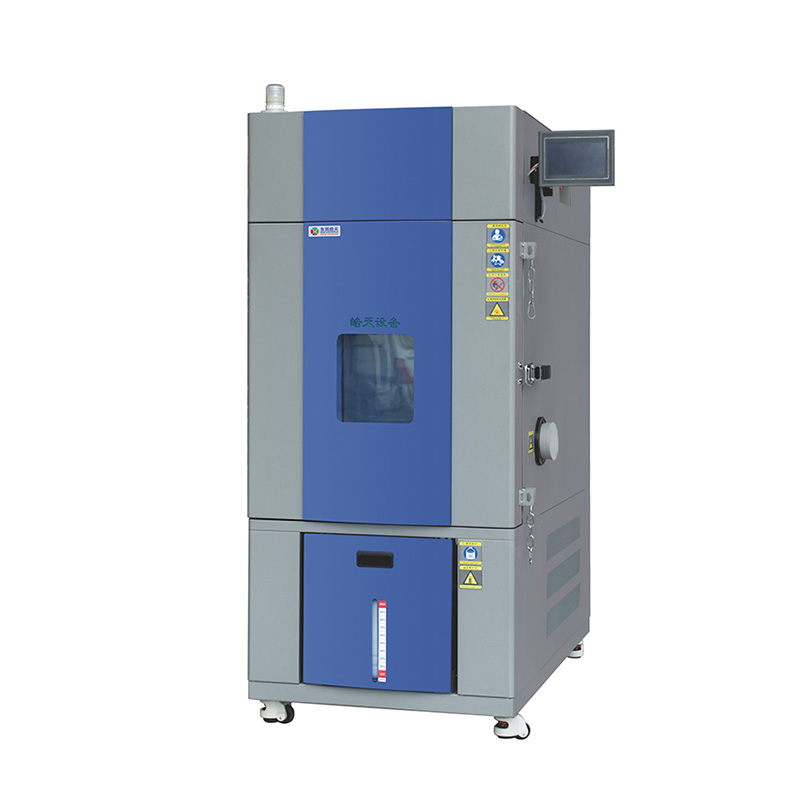Details
Features
The hiccup type "d" explosion-proof type means that the parts that may produce sparks and arc dangerous temperature are placed in the flameproof enclosure, and the internal space of the equipment is separated from the surrounding environment by the flameproof enclosure.
Intrinsically safe type "i" explosion-proof type is an intrinsically safe circuit in which all circuits inside the equipment are produced under the conditions of the standard, and any electric spark or any thermal effect cannot ignite the specified explosive gas environment.
The positive pressure type "p" explosion-proof type is to maintain the pressure of the protective gas inside the equipment enclosure. The pressure is higher than the surrounding explosive environment to achieve the purpose of safety.
Increased safety "e" explosion-proof type refers to the adoption of some additional measures to make electrical equipment that does not produce arcs or sparks under normal operating conditions safer.
Sand-filled type "q" explosion-proof type is a kind of powder material filled with sand or other specified characteristics in the shell, so that under the specified conditions of use, the arc or high temperature generated in the shell cannot be ignited.
Type of protection for electrical equipment that burns explosive gas surroundings.
The encapsulation type "m" explosion-proof type is to encapsulate the electrical components that may cause sparks, arcs or dangerous temperature parts to cause the explosive mixture to explode in the encapsulant (composite) so that it cannot ignite the surrounding explosive mixture.
The oil-immersed "o" explosion-proof type is to immerse the entire equipment or parts of the equipment in oil (protective fluid) so that it cannot ignite the explosive gas environment above the fuel surface or outside the enclosure.
Dust explosion-proof electrical equipment adopts the maximum surface temperature of the enclosure and the "dust-tight" or "dust-proof" enclosure to restrict the entry of dust to prevent the ignition of combustible dust.
Features
The hiccup type "d" explosion-proof type means that the parts that may produce sparks and arc dangerous temperature are placed in the flameproof enclosure, and the internal space of the equipment is separated from the surrounding environment by the flameproof enclosure.
Intrinsically safe type "i" explosion-proof type is an intrinsically safe circuit in which all circuits inside the equipment are produced under the conditions of the standard, and any electric spark or any thermal effect cannot ignite the specified explosive gas environment.
The positive pressure type "p" explosion-proof type is to maintain the pressure of the protective gas inside the equipment enclosure. The pressure is higher than the surrounding explosive environment to achieve the purpose of safety.
Increased safety "e" explosion-proof type refers to the adoption of some additional measures to make electrical equipment that does not produce arcs or sparks under normal operating conditions safer.
Sand-filled type "q" explosion-proof type is a kind of powder material filled with sand or other specified characteristics in the shell, so that under the specified conditions of use, the arc or high temperature generated in the shell cannot be ignited.
Type of protection for electrical equipment that burns explosive gas surroundings.
The encapsulation type "m" explosion-proof type is to encapsulate the electrical components that may cause sparks, arcs or dangerous temperature parts to cause the explosive mixture to explode in the encapsulant (composite) so that it cannot ignite the surrounding explosive mixture.
The oil-immersed "o" explosion-proof type is to immerse the entire equipment or parts of the equipment in oil (protective fluid) so that it cannot ignite the explosive gas environment above the fuel surface or outside the enclosure.
Dust explosion-proof electrical equipment adopts the maximum surface temperature of the enclosure and the "dust-tight" or "dust-proof" enclosure to restrict the entry of dust to prevent the ignition of combustible dust.







